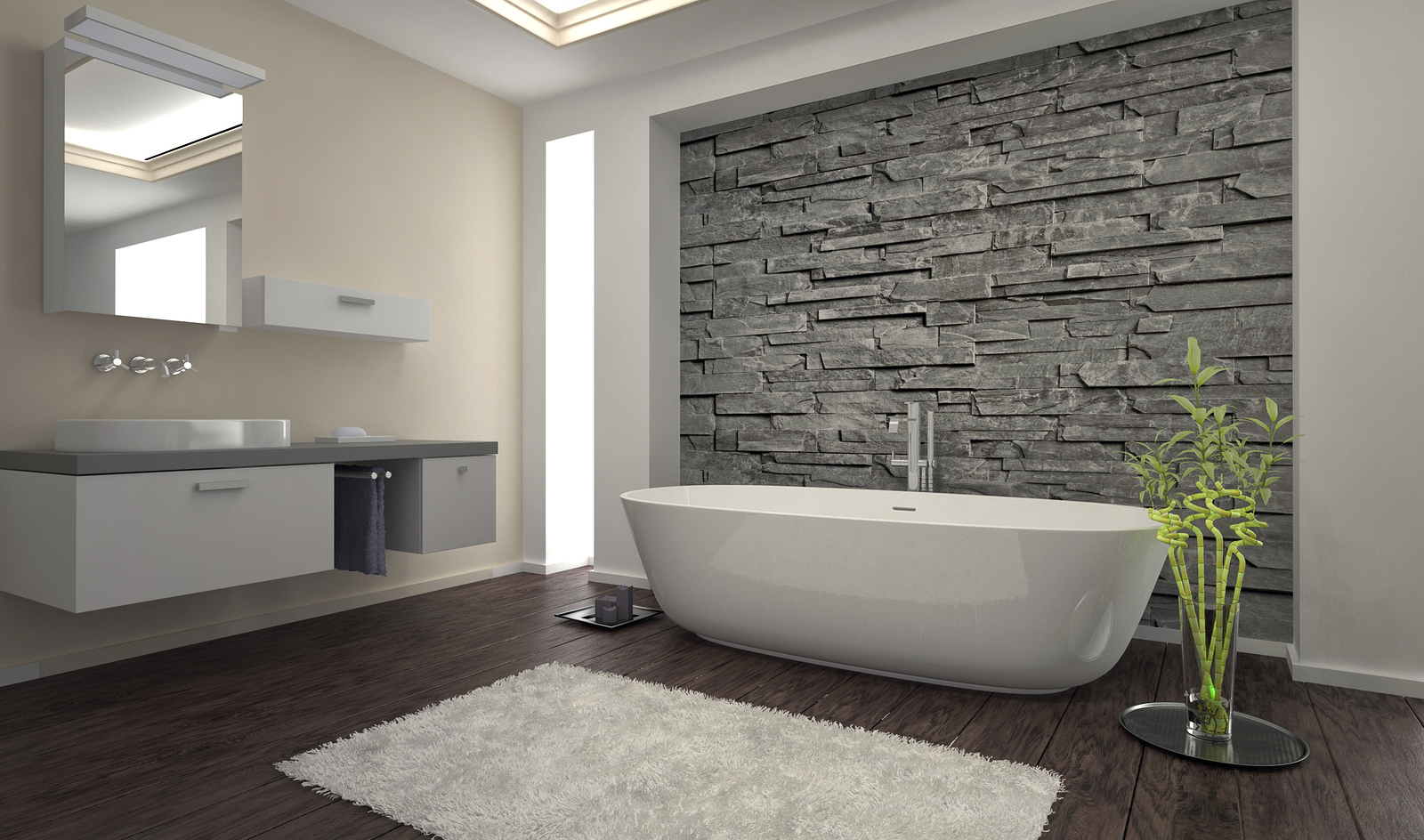One of the most important rooms of the house, the bathroom has changed the way our homes have been built and shaped trends in cleanliness and safety. Often taken for granted, the humble bathroom wasn’t always the way we picture it now.
The first instance of a room similar to the modern day bathroom appearing was during the 11th century. Prior to this chamber pots, outhouses and even holes in the ground were used as a place for people to relieve themselves. However, with the boom in castle building it became more common to incorporate chamber pots into the actual architecture, even eventually giving them their own room. In this case the bathroom consisted of a seat with a bottomless shaft through which waste was excreted into cesspool, moats or even just onto the ground below.
Roman style baths were also introduced to Britain by the returning Crusaders during the early medieval period. Initially, public bath houses were created where people could go to wash themselves and eventually also wash their laundry. By 1915, every town had at least one bath house where people could pay to use the facilities and keep themselves clean. For those who lived out of town and did not have easy access to public bath houses, their only option was to have a tin bath which they would place in front of the fire- usually in the kitchen.
Indoor toilets also did not exist and in urban areas it was common for almost 100 houses to share the same outdoor ‘privy’. These privvy’s consisted of a deep hole or pit that had toilet seats arranged over it. For those living in the country there was considerably more privacy as each house would have its own outdoor privy for the use of members of that household only.
It was during the late 19th and early 20th centuries that the idea of wheelchair accessible tubs and showers began to gain popularity. It was the emergence of the indoor plumbing advances from the industrial revolution that finally enabled the bathroom to become commonplace for every living.
As the 20th century progressed society developed a better understanding of personal hygiene and cleanliness. This in turn led to the creation of soaps and detergents to be used as people were bathing. Better quality housing was built with indoor bathrooms or bathing facilities were built into existing homes that pre-dated indoor wash areas and toilets. This eventually became a legal requirement for all places of residence and has resulted in the bathrooms that we are accustomed to today.

